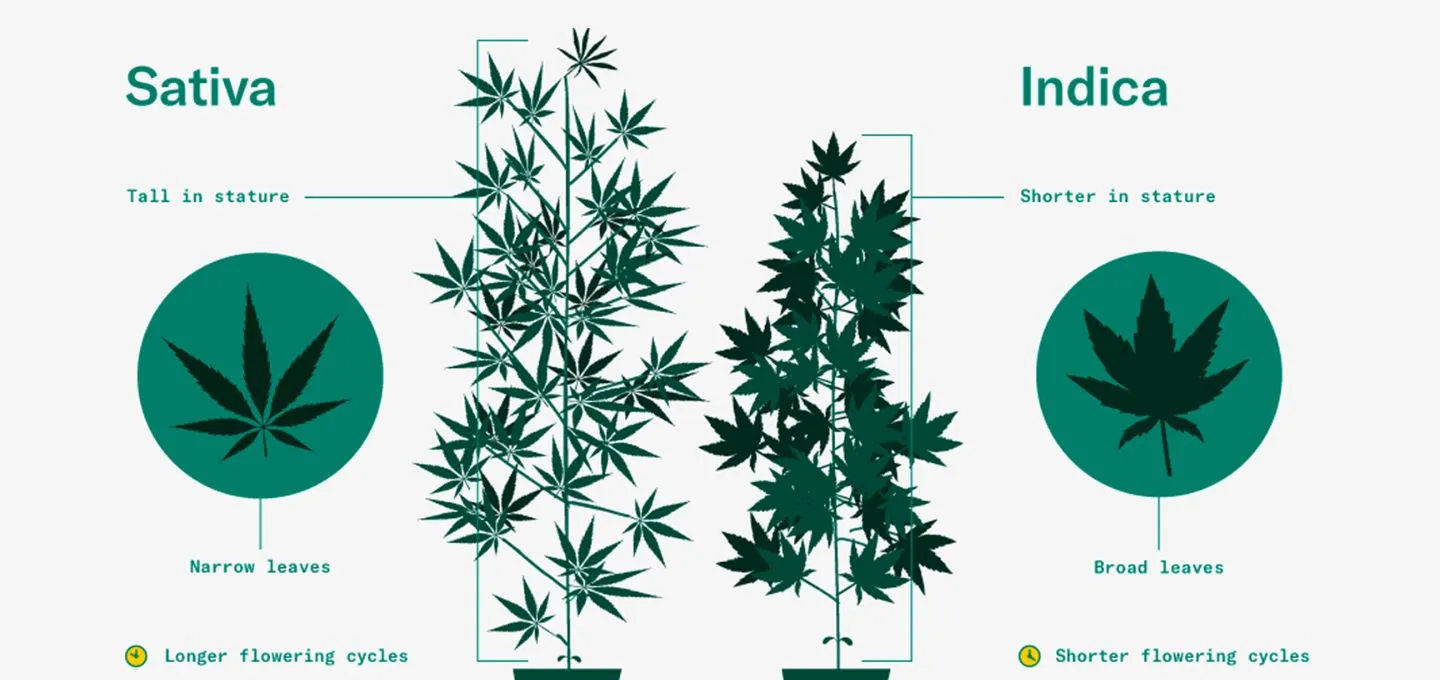What is a Sativa?
Table of Contents
Sativa is one of the two main species of the cannabis plant, the other being Indica.
However, the labeling and use of sativa have evolved along with our scientific knowledge.
Where does the word sativa come from?
Botanist Carl Linnaeus first referred to hemp plants from Europe and western Eurasia as Cannabis sativa in the 1500s.
In Latin, sativa means “cultivated,” signifying its agricultural beginnings.
The term set these tall, narrow-leafed plants apart from the later-identified Cannabis indica species from the Indian subcontinent.
How is the word ‘sativa’ used today?
Originally intended as a taxonomic label, sativa has come to indicate psychoactive effects, describing uplifting, energizing strains.
However, due to crossbreeding, most modern cannabis has both sativa and indica lineage, making the categorization imprecise.
Still, sativa remains useful for generally conveying stimulating effects favored by many consumers.
Pros and cons of the term ‘sativa’
While easy to understand, sativa oversimplifies the diversity of marijuana.
More accurate information about a strain’s cannabinoid and terpene content is needed rather than relying on these broad categories.
However, ditching naming conventions completely could also confuse consumers.
So, Sativa will likely persist, but improved testing and education can add nuance.

 Fact Checked by Doctor Name
Fact Checked by Doctor Name